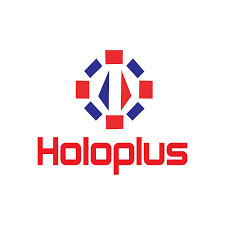Creating customized plain labels involves several key steps and considerations to ensure they meet the specific needs of your customers. Here's a detailed guide:
1. Understanding Customer Needs
- Consultation: Start with a thorough consultation to understand the customer's requirements. This includes the label's size, shape, material, design, color, and adhesive type.
- Purpose: Identify the purpose of the labels. Are they for product packaging, branding, shipping, identification, or another use?
2. Design and Specifications
- Design: Work with the customer to create a label design that meets their branding and functional needs. This can involve custom graphics, logos, text, and other elements.
- Material: Choose the right material based on the application. Options include paper, vinyl, polyester, and polypropylene. Consider durability, weather resistance, and finish (glossy, matte, etc.).
- Adhesive: Select an adhesive that suits the application surface and conditions (e.g., permanent, removable, repositionable, or special-purpose adhesives).
3. Production Process
- Proofing: Provide digital or physical proofs for customer approval before proceeding to mass production.
- Printing: Utilize appropriate printing techniques such as digital printing, flexographic printing, or thermal transfer printing to achieve high-quality results.
- Cutting: Ensure precise cutting to the specified shapes and sizes. This can be done using die-cutting or laser-cutting techniques.
4. Quality Control
- Inspection: Implement rigorous quality control checks to ensure labels meet the specified standards and are free of defects.
- Testing: Conduct tests for adhesion, durability, and resistance to environmental factors as needed.
5. Packaging and Delivery
- Packaging: Package the labels in a manner that prevents damage during transit. Consider the use of rolls, sheets, or individual pieces based on customer preference.
- Delivery: Offer flexible delivery options and ensure timely shipping to meet customer deadlines.
6. After-Sales Support
- Feedback: Gather customer feedback to ensure satisfaction and address any issues promptly.
- Reorders and Adjustments: Provide easy reordering options and the ability to make adjustments based on customer feedback.
Examples of Customized Plain Labels
- Product Labels: Custom sizes, shapes, and designs for bottles, jars, or boxes.
- Shipping Labels: Durable labels with strong adhesives for packages.
- Identification Labels: Clear, concise labels for equipment or inventory management.
- Promotional Labels: Eye-catching designs for marketing and branding purposes.
Benefits of Customization
- Brand Recognition: Custom labels help reinforce brand identity and make products stand out.
- Flexibility: Tailored solutions to fit specific requirements and applications.
- Efficiency: Improved operational efficiency with labels designed for easy application and use.
Conclusion
Customized plain labels are an essential component for many businesses, providing a means to enhance branding, improve product presentation, and ensure operational efficiency. By focusing on customer needs, precise design, quality production, and reliable support, a label-making company can deliver valuable solutions that meet and exceed customer expectations.
If you have any specific aspects you'd like to explore further or any unique features you'd like to incorporate, please let me know!

